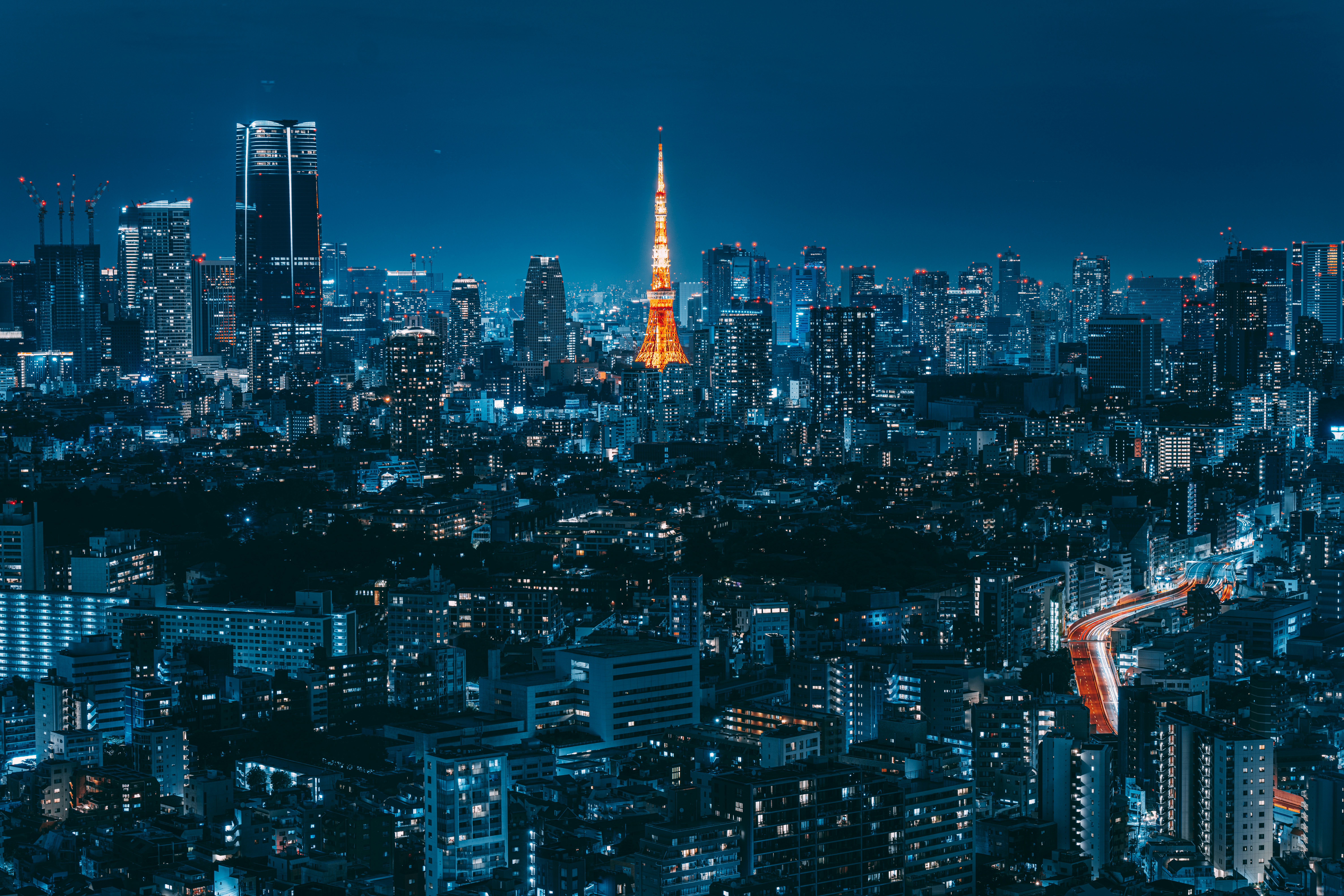
Urban photography offers a powerful lens through which we can witness the ever-changing rhythm of city life. Unlike traditional landscapes or portraits, the urban environment provides a raw, unscripted narrative of modern existence. From towering skyscrapers to graffiti-covered alleyways, every corner holds a story. Photographers enter a living gallery with a camera and a curious eye where architecture, people, and motion collide in beautiful chaos.
Because cities are constantly moving, capturing a meaningful moment requires more than technical skills—it demands timing, intuition, and patience. Street lights flicker, people rush past, and moments vanish in the blink of an eye. Therefore, the essence of urban photography lies not only in what is seen but also in what is felt. A good urban shot tells a story even when words fail.
Finding Beauty in Everyday Chaos
One of the most fascinating aspects of urban photography is the ability to find beauty in what many overlook. A cracked sidewalk, an overflowing trash bin, or a lonely commuter can all become subjects of artistic value when viewed from the right angle. Consequently, urban photographers often train their eyes to appreciate contrast, texture, and emotion.
In addition, cities offer a unique color palette that constantly shifts depending on the time of day. During golden hour, the glow reflects off buildings and puddles, softening the otherwise harsh lines of the city. At night, artificial lights take over, casting dramatic shadows and revealing an entirely different atmosphere. These environmental elements provide endless inspiration to those willing to explore.
Telling Stories Through People
Urban photography is incomplete without human subjects. After all, cities are defined by their people—their hustle, their solitude, their joy, and even their despair. Including people in your urban compositions adds depth and authenticity. For instance, a silhouette against a neon-lit backdrop or an elderly vendor arranging fruit on a busy sidewalk can communicate volumes about a city’s culture.
Moreover, photographing people in public spaces often requires a careful balance between spontaneity and respect. Some photographers prefer candid shots to maintain the purity of the moment, while others engage their subjects, asking permission before snapping a photo. Either approach can be practical, depending on the story you wish to tell. Above all, human presence gives context and life to the architectural elements around it.
Mastering Light and Shadows
Lighting is a powerful tool in photography; nowhere is this more true than in urban settings. Due to the abundance of reflective surfaces and narrow passageways, cities provide both challenges and opportunities for lighting. Photographers must learn to work with dynamic lighting conditions, from the blinding sun reflecting off glass buildings to dim alleyways lit only by a single bulb.
Consequently, shadows can become as important as the objects casting them. Long shadows from passing pedestrians or the intricate play of light through a fire escape can enhance a composition significantly. To master light in urban settings, it helps to revisit locations at different times of day and experiment with manual camera settings. Each adjustment in aperture or shutter speed can reveal a new perspective on familiar terrain.
Choosing the Right Gear for the Streets
Regarding urban photography, gear can influence your creative freedom and mobility. Unlike studio setups, city photography often involves walking long distances and reacting quickly to spontaneous moments. Therefore, lightweight, compact equipment works best. Many photographers prefer mirrorless cameras or even high-end smartphones to avoid drawing attention.
Furthermore, lens choice plays a crucial role in capturing your desired framing. A wide-angle lens can highlight the scale of buildings or include more background detail, while a prime lens may offer better low-light performance and sharper focus. Most importantly, whatever gear you choose should feel intuitive in your hands, allowing you to respond instantly to the urban environment around you.
Editing to Enhance, Not Alter
Once the shots are taken, post-processing helps bring your vision to life. Editing allows you to enhance colors, sharpen details, and correct minor exposure issues. However, in urban photography, authenticity is key. Over-editing can strip the image of its raw emotion and turn a genuine moment into a manufactured one. For this reason, many photographers aim for subtle adjustments that stay true to the original feel of the scene.
Additionally, editing allows you to unify your work through consistent tones and themes. Whether you prefer muted grays or vibrant contrast, developing a unique editing style can make your work more recognizable. With tools like Adobe Lightroom or mobile editing apps, even beginners can start building a portfolio reflecting their city life perspective.
Staying Safe and Respectful in Urban Spaces
As exciting as urban photography can be, it requires mindfulness of safety and respect. Cities are diverse spaces, and photographers should know local laws and customs when capturing public scenes. Avoiding confrontations, steering clear of private property, and asking permission when appropriate ensures ethical practice and builds trust with the community.
Similarly, staying alert is crucial, especially when navigating unfamiliar neighborhoods. It’s easy to get lost in the creative process, but your surroundings should always remain in focus. Consider carrying minimal valuables, securing your gear, and working in pairs when possible. Urban exploration is about discovery but shouldn’t come at the cost of your safety or others’ comfort.
Let the City Guide You
Urban photography doesn’t require elaborate plans or expensive equipment. Instead, it thrives on curiosity, timing, and a willingness to see the city through fresh eyes. Every building, person, and shadow contribute to a larger story waiting to be told. As you walk through the streets with your camera, let the city’s rhythm guide your creativity.
By learning to observe rather than rush and finding meaning in the ordinary, you begin to capture more than just images—you preserve fleeting emotions and hidden truths. In doing so, urban photography becomes more than an art form; it becomes a conversation between the best photographer and the soul of the city.